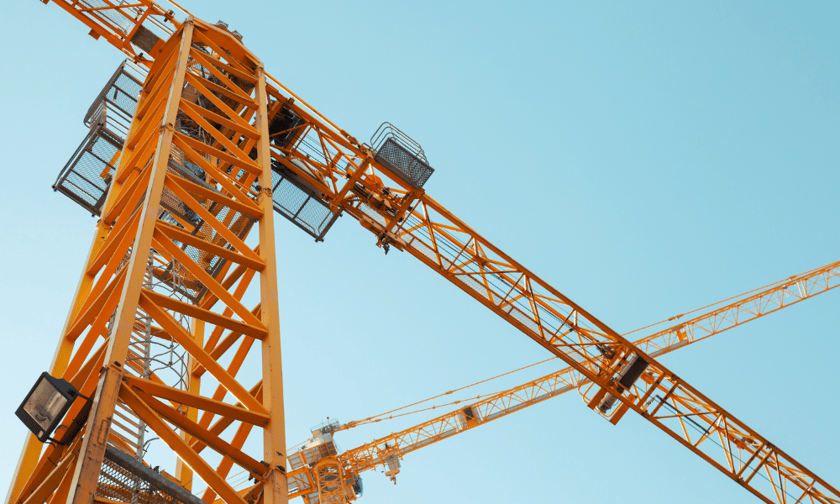

The latest RLB Crane Index revealed a peak in non-residential crane activity across Australia, with 370 cranes now in operation on non-residential sites, Property Council reported.
The report, which reflects national construction trends, showed that 863 cranes are currently active across various sectors, maintaining a high despite a slight dip from the 882 cranes recorded six months ago.
“Construction crane numbers remain strong across Australia led by Sydney, Melbourne, and the Gold Coast,” said Domenic Schiafone, RLB’s Oceania director of research and development.
“The Australian construction industry remains buoyant, with 863 cranes on sites nationally. The Q3 2024 RLB Crane Index has recorded the third highest count in the 25 editions of the index.”
Sydney continues to lead with 387 cranes, the highest number of any Australian city, accounting for nearly 49.5% of all cranes nationwide.
Melbourne follows with 196 cranes, though the gap between the two cities remains substantial at 191 cranes.
South-East Queensland, which includes Brisbane and the Gold Coast, accounts for 16.5% of the total.
While the total number of cranes remains high, residential crane numbers have fallen. The 493 residential cranes represent a drop from the previous count of 535.
Over the past six months, only 134 cranes were added to residential projects, with 176 removed from sites nearing completion.
In contrast, non-residential activity is on the rise. A total of 370 cranes are now dedicated to infrastructure, engineering, and civil projects – an increase of 36 cranes in the past six months.
This surge reflects the continued growth in civil construction, with engineering activity expanding by 6% in the first half of 2024 after a 16% increase in 2023.
Among the smaller cities, the Gold Coast experienced significant growth, setting a new regional record with 62 cranes.
In Brisbane, however, the total crane count fell by more than 10 units. Across Australia, seven cities, including Melbourne, Adelaide, and Perth, reported increases in crane numbers, while Hobart, Newcastle, and Sydney recorded slight declines for Q3 2024.
In Sydney, the western region was the only area to show significant growth in crane numbers. The west now hosts 108 cranes, representing 28% of Sydney’s total.
Meanwhile, Sydney’s CBD and surrounding areas saw a 7% drop, with reductions also recorded in the east, south, and north regions.
“The demand for civil projects, such as Sydney’s new airport and Melbourne’s North East Link, continues to underpin growth in non-residential construction,” Schiafone said.
Major projects in Sydney include the Western Sydney Airport at Badgery’s Creek, with four cranes, and the new Sydney Fish Market at Glebe, also with four cranes.
Melbourne’s $36 billion North East Link infrastructure project boasts the largest crane deployment nationwide, with 30 long-term crawler cranes in operation.
In Melbourne, residential construction makes up 41% of crane activity with 80 cranes, while civil projects account for 24% with 47 cranes.
Despite the decline in residential projects, non-residential growth suggests that Australia’s construction sector is staying robust.
“Cranes remain essential in transforming Australia’s urban landscape,” Schiafone said, highlighting the shift towards infrastructure and large-scale developments.
Get the hottest and freshest mortgage news delivered right into your inbox. Subscribe now to our FREE daily newsletter.
